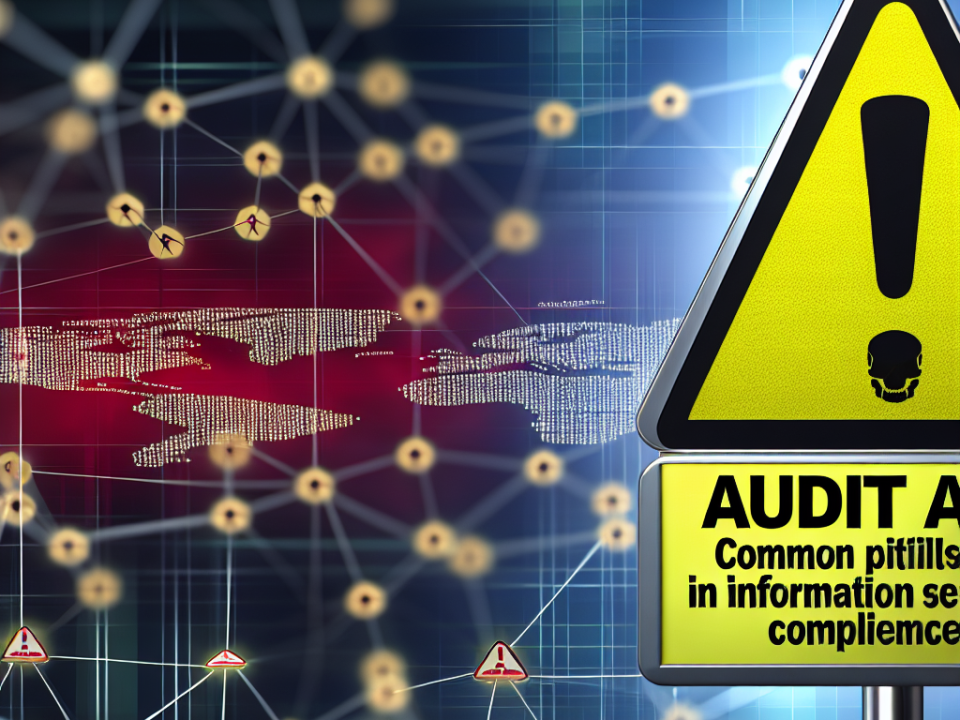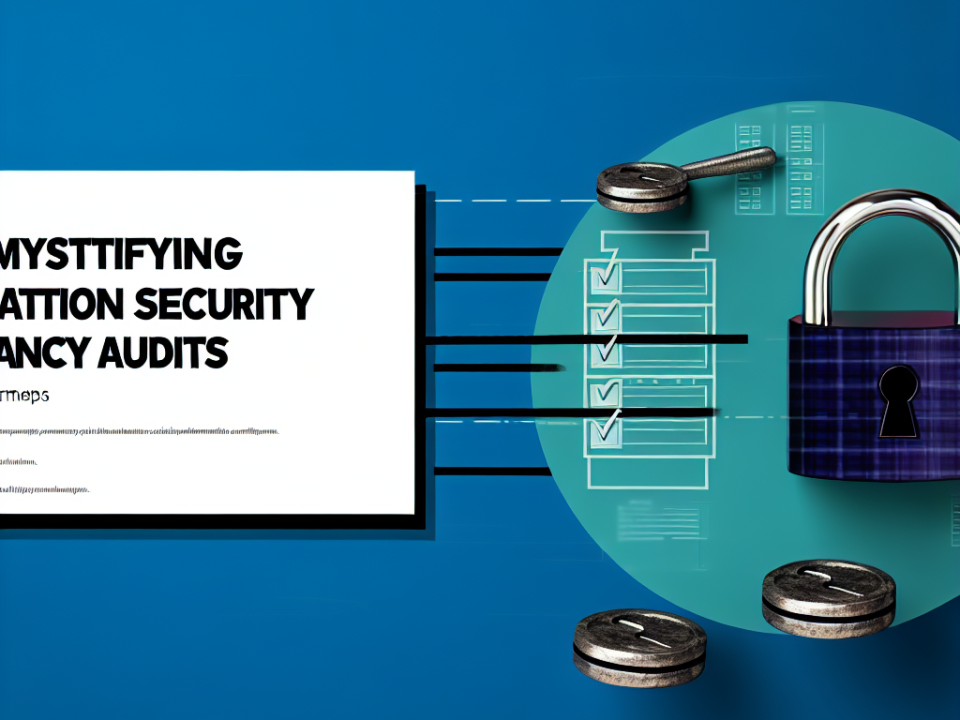
Feel free to mix and match phrases or adjust them to better suit your content!
July 9, 2025
The Ultimate Cybersecurity Compliance Checklist: Ensure Your Business Stays Safe
July 10, 2025
In an increasingly digital world, where data breaches and cyber threats have become everyday occurrences, adherence to security standards is not merely a best practice but a crucial necessity. Yet, many organizations still underestimate the ramifications of non-compliance. Ignoring these standards can lead to severe financial, legal, and reputational consequences. This article delves into the multifaceted risks of non-compliance with security standards and underscores why proactive adherence is essential for organizational integrity.
The Financial Impact
1. Direct Monetary Fines
One of the most immediate risks associated with non-compliance is the imposition of fines and penalties from regulatory bodies. Organizations that fail to meet compliance requirements often face hefty financial repercussions. For instance, the General Data Protection Regulation (GDPR) can impose fines up to €20 million, or 4% of global annual turnover, whichever is higher. Similar regulations exist worldwide, each with its own framework of penalties.
2. Increased Operational Costs
Non-compliance often leads to additional operational costs. Following a data breach or security incident, organizations may be forced to invest heavily in remediation efforts, including hiring external consultants, implementing new security measures, and conducting audits. These reactive measures are typically more expensive than investing in proactive compliance strategies.
3. Loss of Revenue
The fallout from non-compliance can significantly impact an organization’s bottom line. Beyond direct fines, a security breach can result in loss of customer trust, leading to dwindling sales. Clients may choose to distance themselves from organizations that have a history of security failures, contributing to long-term revenue loss.
Legal Repercussions
1. Lawsuits and Legal Fees
Beyond financial penalties from regulatory bodies, organizations may face lawsuits from affected customers, partners, or employees, resulting in extensive legal fees. This litigation can be both time-consuming and costly, diverting resources away from core business functions.
2. Liability Issues
Failure to comply with security standards can explicitly lead to liability issues. If an organization cannot demonstrate that it has adhered to industry regulations, it may be held liable for damages resulting from breaches or negligence.
Reputational Damage
1. Erosion of Trust
Trust is a critical component of business relationships. When an organization suffers a data breach, its reputation is often irrevocably damaged. Stakeholders may question the organization’s commitment to safeguarding sensitive information, leading to a tarnished public image.
2. Long-Term Brand Damage
In the age of social media, news of a security breach can spread rapidly, amplifying its impact. Companies that fail to comply with security standards may find themselves in the crosshairs of negative media coverage, resulting in long-term brand damage that can take years, if not decades, to recover from.
Operational Disruption
1. Resource Diversion
In the aftermath of a data breach or non-compliance incident, organizations often face significant resource diversion to address the fallout. Staff may be pulled from their regular roles to address security concerns, impacting productivity and efficiency across the organization.
2. Interruption of Services
Non-compliance incidents can lead to interruption of business services, further exacerbating financial losses and damaging customer relationships. Downtime, often required to address the breach, can lead to missed opportunities and significant disruption of business operations.
Regulatory Scrutiny
Organizations with a history of non-compliance may find themselves under increased scrutiny from regulators. This heightened attention can lead to more frequent audits, larger penalties, and an overall more difficult operating environment.
Conclusion
The cost of non-compliance with security standards is extensive and multifaceted, encompassing financial penalties, legal repercussions, reputational damage, operational disruptions, and increased regulatory scrutiny. Organizations that choose to ignore security standards do so at their peril, risking not only their bottom line but also the trust of clients and stakeholders.
To navigate the complexities of security compliance effectively, organizations must prioritize proactive measures, invest in robust security infrastructure, and foster a culture of compliance. By doing so, they not only mitigate risk but also enhance their credibility and customer relationships in an increasingly competitive marketplace. The question is not if your organization can afford to comply but whether it can afford not to.







